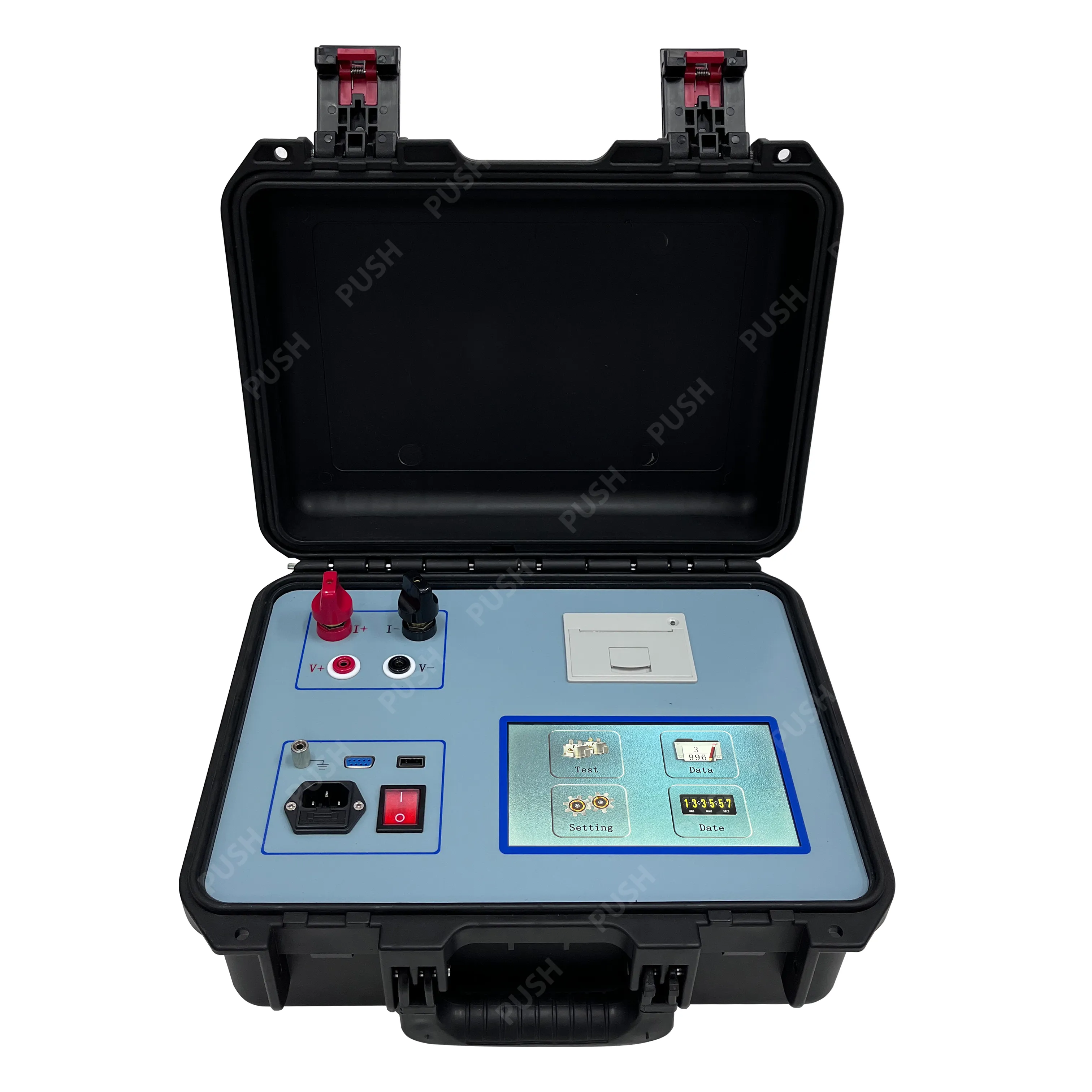 English
English


open cup flash point tester
Understanding the Open Cup Flash Point Tester Key Features and Applications
The open cup flash point tester is an essential instrument in the field of materials testing, particularly in the petroleum and chemical industries. It is utilized to determine the flash point of liquids, which is the lowest temperature at which the vapor of a combustible liquid can ignite in air. Understanding the flash point is crucial for ensuring safety, meeting regulatory standards, and forming part of a comprehensive fire risk assessment strategy.
What is Flash Point?
Before delving into the functionality of the open cup flash point tester, it is important to clarify what flash point means. The flash point is a critical parameter for classifying the combustibility of liquids. A liquid that has a low flash point poses a higher risk of ignition under standard conditions, which necessitates careful handling and storage to mitigate fire hazards. There are generally two methodologies for measuring flash points closed cup and open cup methods. The open cup method is notably advantageous in certain applications due to its more straightforward operational procedure.
The Open Cup Method
In the open cup method, a sample of the liquid is placed in a shallow open cup, which is then subjected to a controlled heat source. As the temperature rises, volatile vapors will accumulate above the liquid surface. The flash point is determined when a small flame is applied to the vapor. If ignition occurs, the temperature at which this happens is recorded as the flash point for that specific liquid. The design of the open cup apparatus allows for more accurate readings of the flash point, especially for liquids that produce significant amounts of vapor.
Key Features of Open Cup Flash Point Testers
1. Simple Design Open cup flash point testers typically feature a straightforward and user-friendly design. The simplicity of operation allows technicians to perform tests efficiently and accurately.
2. Temperature Control Most modern testers are equipped with precise temperature control mechanisms. This feature ensures that the heating of the liquid is uniform and that temperature fluctuations are minimized, leading to more reliable results.
open cup flash point tester

4. Wide Temperature Range Open cup testers are capable of measuring flash points across a broad temperature spectrum, making them versatile for various liquid classifications, particularly those found in fuels and solvents.
Applications of Open Cup Flash Point Testers
The open cup flash point tester is widely used across several industries, including
- Petroleum Industry Determining the flash point of fuels and oils is critical to assessing their safety during transportation and storage. Regulatory bodies require flash point measurements to classify and label hazardous materials properly.
- Chemical Manufacturing In the production of chemicals, knowing the flash point is vital for ensuring safe handling and compliance with industrial safety regulations. It helps to prevent accidents that can occur during chemical reactions.
- Environmental Testing The determination of flash points plays a significant role in environmental assessments and pollution control. By understanding the flash points of substances, companies can evaluate the risks associated with spills and disposal.
- Quality Control In manufacturing processes, ensuring the consistency and quality of products often involves flash point testing to guarantee that materials meet specified safety standards.
Conclusion
The open cup flash point tester is an indispensable tool in ensuring safety and compliance in various industries. Its ability to provide accurate flash point measurements helps mitigate risks associated with flammable liquids. As regulatory requirements continue to evolve and industries strive for higher safety standards, the importance of this testing method will undoubtedly increase. Understanding and utilizing open cup flash point testers is thus crucial for professionals working with combustible materials, enabling them to uphold safety protocols while maintaining operational efficiency.
-
Differences between open cup flash point tester and closed cup flash point testerNewsOct.31,2024
-
The Reliable Load Tap ChangerNewsOct.23,2024
-
The Essential Guide to Hipot TestersNewsOct.23,2024
-
The Digital Insulation TesterNewsOct.23,2024
-
The Best Earth Loop Impedance Tester for SaleNewsOct.23,2024
-
Tan Delta Tester--The Essential Tool for Electrical Insulation TestingNewsOct.23,2024





